Contents

MREs have their origins in the US military, but you don’t need to be in the military – or even the United States – to experience their benefits. The acronym MRE stands for “meal ready to eat” and was first coined by the United States military. These portable, packable meals don’t require refrigeration for storage, and they are ready to eat whenever you need them.
While most people are familiar with the basic concepts behind MREs, what many people don’t realize is that you can also make your own MREs at home. It’s easy to do and requires minimal equipment and time in the kitchen. All you need to do is follow a few simple steps and add a dash of creativity for the best results.
If you want to DIY MREs for your family, here are seven tasty recipes – as well as how you can make them at home to have on hand for any kind of emergency.
What is an MRE?
Also known as a meal ready to eat, an MRE is a completely self-contained, complete meal. Eating just one MRE will provide you with the calories and nutrients you need to power your day.
What’s impressive about an MRE is that it is designed to withstand harsh conditions and exposure to the elements. While you likely aren’t planning on backpacking across the desert any time soon, having these kinds of meals on hand for an emergency is a smart choice.
MREs are the main food rations for the United States Armed Forces and generally contain one of each of the following:
- Entree: This will be a main dish, like beef stew.
- Side dish: The side dish can vary, but could be anything from mashed potatoes to corn or fruit.
- Bread or crackers
- Spread: Sometimes, MREs will include something to go on the bread or crackers, like cheese or peanut butter.
- Dessert and/or candy: These are usually easily stored items like pound cake or cookies. You might also find MREs with Skittles or M&Ms.
- Beverages: Again, beverages vary, but are usually things like drink mixes, hot cocoa, tea, or coffee.
- Seasonings: An MRE might include seasonings like hot sauce to spice up the flavor of the meal.
- Flameless ration heater: This is used to heat and prepare the entree.
- Accessories: Usually, this will be anything you need to eat the meal but can also include things like toilet paper and chewing gum, too.
You might also find interesting our article about how to make hardtack.
How Long Does an MRE Last?
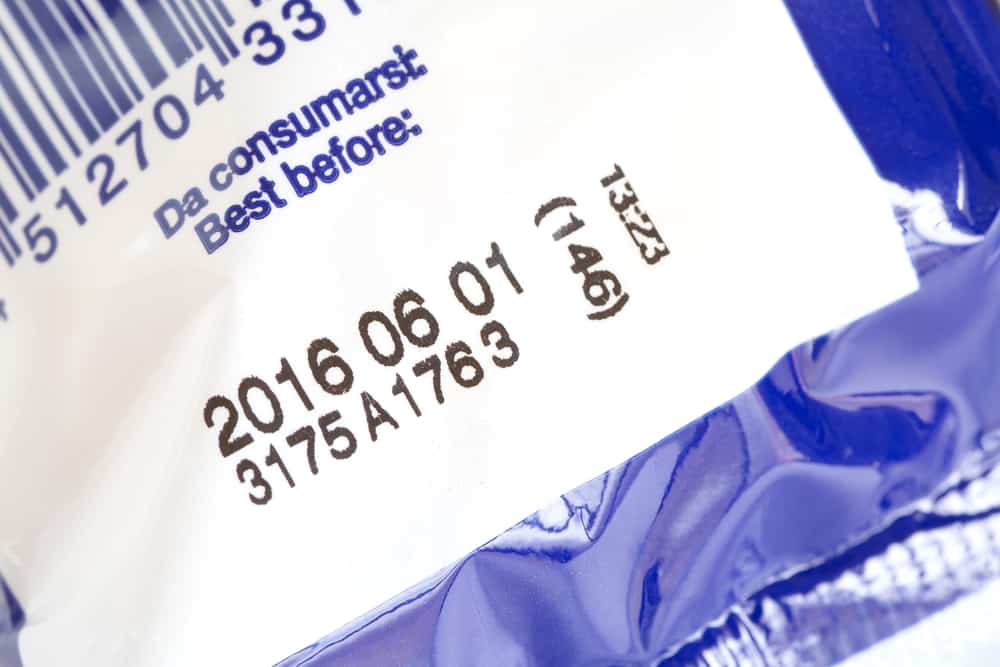
An MRE is designed to have a shelf life of three years when stored at 80 degrees Fahrenheit. Of course, that time can be shortened if you store it in too-warm conditions. Generally speaking, the hotter the temperatures, the less time your MRE is going to last.
That being said, if you can store your MREs in cooler environments, like basements or root cellars, you may be able to get them to last much longer. There have been some reports of MREs lasting ten to fifteen years or more! Spare some discoloration or loss of flavor, you likely will not have many issues with eating older MREs as long as they were stored properly.
An MRE is designed to be eaten without cooking or heating, but often, you’ll find that they taste much better when mixed up and heated. That’s why most military-issue MREs come with a ration heater. Some MREs can also be heated with boiling water.
Average MRE Calories and Nutrition to Aim For
As you might infer from reading the list of included components above, an MRE is going to contain a ton of calories – this is not the meal plan to make if you are on a diet! Just one MRE contains an average of 1,250 calories.
That makes sense, because the point of an MRE is to provide enough energy to power somebody who is moving and active at almost all hours of the day. In addition to a high caloric load, each MRE also contains 51% carbohydrates, 13% protein, and 36% fat. It contains a third of the recommended daily allowance of vitamins and minerals, too, because you would ideally eat three MREs in one day.
When you are making your own MREs, put the greatest emphasis on calories. Shoot for at least 1,000 calories per pack so that you will get 3,000 calories total by eating three packs.
The Cost of Traditional MRE’s and Why You Should Make Them
The United States government does not allow manufacturers of military-grade MREs to sell these kits to the general public. However, you can purchase commercial alternatives to military MREs at the store.
There are places where you can buy military-grade MREs despite the ban, too, although we don’t recommend this. They are usually sold at army surplus stores, on eBay, and at various gun shows. The latter two options tend to be the cheapest. These usually cost $45 to $60 per case but you’ll have to worry about potential fines.

There’s no reason to spend your money on military MREs, except for the fact that they tend to be much cheaper than civilian MREs. The plus side of purchasing civilian MREs, though, is that they are usually produced and stored in more consistent conditions than they would be if you purchased them from some random seller on eBay.
When sold in stores, you might see civilian MREs sold under names like “field ready rations” or “MRE full meals”. Civilian MREs are often sold by companies like MREStar, Meal Kit Supply, and WOrnick Eversafe. You can also purchase civilian meals at army/navy surplus stores, sporting good stores, and on eBay. Expect to pay at least $7 per meal or $75 per case.
If you’re purchasing private label MREs, just bear in mind that you can’t always get a complete and accurate listing of the contents. While the product description will tell you that you are going to get twelve meals and what components will be (entree, bakery item, spread, etc) you won’t actually know what foods you will receive until you open up the MRE.
We also recommend reading our article about survival bread recipes.
What You Need to Make Your Own MRE’s
Before you can start making your own MREs, you need to decide which ingredients are going to be included. You can make your own MREs to suit your own tastes and preferences. There is no reason that you have to include foods you don’t like or don’t have on hand.

You’ll want to prioritize foodstuffs that have a long shelf life and don’t require refrigeration. While meat and dairy products provide lots of fat and high-quality calories, they, unfortunately, must stay cold and aren’t a great choice for a homemade MRE. You might want to consider items that can be eaten directly out of the pack – without needing any heat to prepare them- instead.
Begin stocking up on ingredients that can be eaten raw or cooked with water, such as bagged and canned meats, instant noodles, rice, potatoes, oatmeal, and drinks, bouillon cubes, packaged crackers, packaged seasonings, and more.
You should also consider the number of calories your food can provide along with how well it meets the nutritional requirements listed above.
In addition to the foods listed in the recipes below, you’ll also need something to pack your MRE. Mylar bags are better than plastic bags when it comes to preserving the flavors and shelf-lives of food, but they are more expensive. They also require oxygen absorbers and very high temperatures to seal the bag.
Therefore, most people use vacuum sealers to create their own MREs. This will allow for a shelf life of up to three years, depending on the contents. You’ll also want to include utensils, seasoning, and anything else you might need to prepare your meal.
Homemade MRE Recipes
Ready to start making your own MRE recipes? Before you begin, lay out all of your ingredients. Arrange the food and non-food ingredients by the type of meal you want to create. Ideally, you should do this a few days before prepping your MREs so you can begin stockpiling ingredients if you are missing any important ones.
To make these recipes, you’ll just have to add all of the ingredients to a vacuum-sealed bag, and then seal. We’ll include the instructions for preparing them once opened below, too.
1. Tex Mex Stew
This Tex Mex stew makes the most of what you have, using crackers and cheese to form the base of the nutrients for this entree. Crackers are found in lots of MRE recipes because they can be found in all kinds of sizes, shapes, and varieties. They can be eaten on their own or with other foods and can be purchased inexpensively in bulk. Use small individual packs when making this MRE.
For the hot sauce, check your local restaurant or delivered food package. You might find free condiments in tiny packets that you can then use for your MREs. They can also be purchased at bulk warehouse stores, but if you’re able to repurpose some that you have lying around, that’s better.
Ingredients:
- Cheese spread
- Hot sauce
- Crackers
- Jalapeno pepper jack beef patty (or beef stew if you don’t have this)
Instructions:
- Cut the patty into tiny squares (or divide out the beef stew into equal segments). Add portions of the cheese, then and three ounces of water (you can use less if you are using beef stew). Mix thoroughly in a metal container over a fire. Serve the mixture over your crackers. If you don’t like spicy foods, you can always leave the hot sauce out, too.

2. Loaded Baked Potato
The loaded baked potato is the ultimate comfort food and it contains healthy amounts of potassium, fiber, and other nutrients. Fiber is something that is lacking in typical MREs, so this one is a smart choice.
Ingredients:
- 1 package of instant mashed potatoes
- 1 package of cheese spread (you can use a cheese and bacon spread if you want a fully loaded spud)
- 1 package of salt
- 1 package of hot sauce
- 1 cracker
Instructions:
Warm up your potatoes as you normally would. You will usually only need a bit of water to do this. Then, add the cheese packet. You can also add this ahead of time if you prefer, as it will make it easier to combine.
When everything is warm, add your hot sauce (if you chose to include this component) and salt. Once everything is combined thoroughly, crush up the cracker and sprinkle the crumbs on the mixture.
You can eat this one cold if you’d like, but really, everything tastes better when combined!
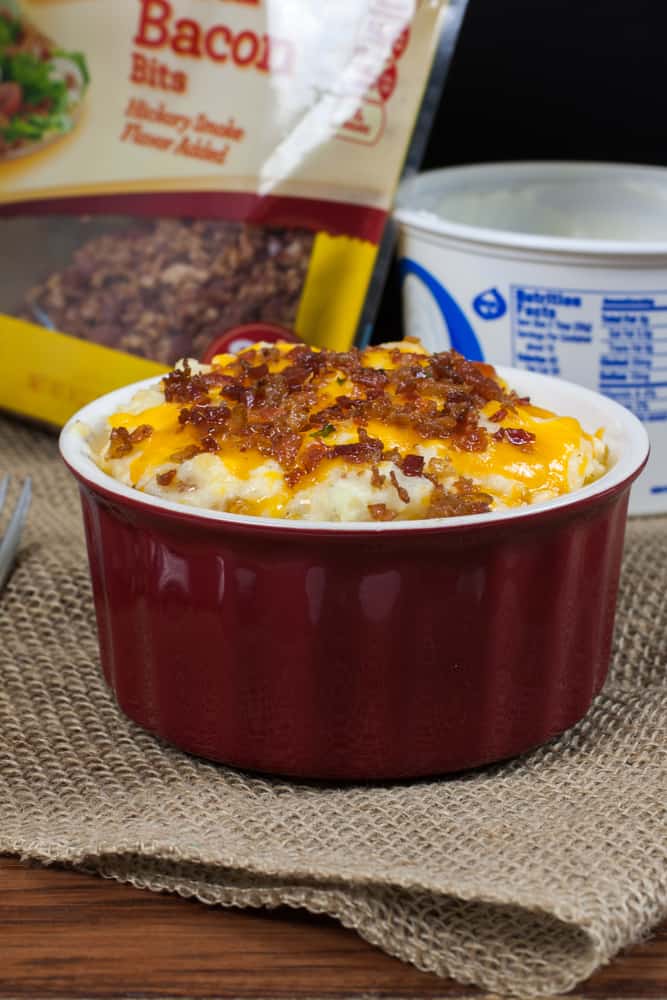
3. Fruit Cobbler
“Yes!” you’re probably thinking. “Finally! A desert!” this one gets big points for its nutrients – it is loaded with vitamins and carbohydrates. You can use any kind of wet fruit, including pears, pineapples, apples, or berries. Suit it to your preferences and individual tastes. Another benefit of this recipe is that it is loaded with fiber, unlike many store-bought MREs that are traditionally deficient in this vital nutrient.
There are a few modifications you can make to this recipe, too, depending on what you have lying around. For instance, you can use freeze-dried fruit, which will last for many months and take up less space.
You could also use oats instead of an oatmeal cookie if that’s what you have. While oats are a great source of fiber and minerals, and can be found in all kinds of varieties (including rolled and instant) you may need to do some extra cooking here, so be cautious.
The purpose of the applesauce or creamer decision in this recipe is to add moisture. You can use either one. If you use creamer, use the small pouches that you would normally find at restaurants for maximum portability.
Ingredients:
- One pouch of wet fruit (spiced fruit is best, as it adds extra flavor)
- One pouch of applesauce or creamer
- One oatmeal cookie or crumbled oatmeal
Instructions:
You can heat up the fruit if you want, before adding the cookie, but you don’t have to. This recipe is also delicious and cold. Either way, all you’ll have to do is combine the fruit with the applesauce (put the applesauce on top) and then add your cookie crumbles.
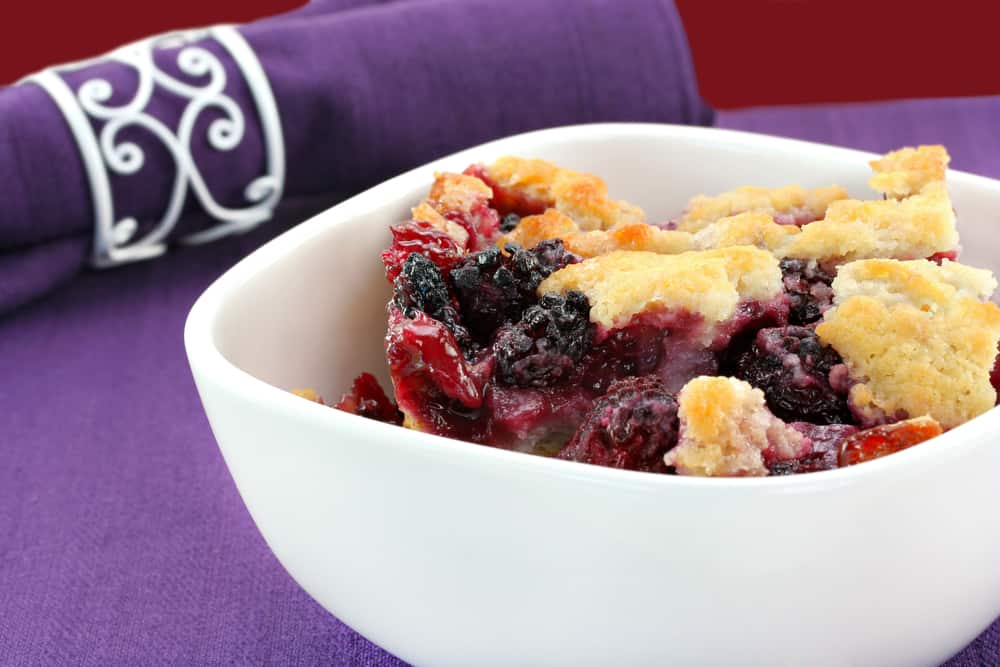
4. Spam and Pea Ramen
It’s almost like spaghetti and meatballs…right? Spam and pea Ramen is an easy to make MRE that uses basic ingredients. Instant Ramen is a smart choice because it is lightweight and prepackaged. Plus, you’ll only need hot water to prepare it. It can be cooked in just three minutes or less.
When you are buying Ramen for your MREs, choose the noodles that come in plastic or foil packets instead of cups. This will make them easier to package in your vacuum-sealed bags.
Ingredients:
- One can of diced Spam
- One or two packets of Ramen noodles
- ½ cup of peas (dried, vacuum-sealed, or canned is fine)
- Red pepper flakes
- Shredded parmesan cheese
Instructions:
Add your ramen noodles to boiling water. You will need to add the peas, too, unless they are canned or vacuum-sealed. When they are done, add the rest of your ingredients, stir, and enjoy.
5. Asian Pie
This recipe is easy to make and is packed with protein and flavors. You can add hot sauce or teriyaki sauce if you want to spice things up for a spicy or sweet kick. Again, just make sure you opt for the small, portable packets.
Ingredients:
- One pouch of Asian beef strips (may be able to substitute stew meat chunks if they are canned or dehydrated)
- One pouch mashed potatoes
- Hot sauce or teriyaki sauce to taste
- One packet of cheese spread (optional)
Instructions:
Heat all of your ingredients except for the optional hot sauce or teriyaki sauce. When the food is warm, add the seasonings and enjoy. This is one that’s best served piping hot!
6. Ranger Pudding
Here’s another dessert for you to try, and this one has lots of variations. This option is the easiest.
Ingredients:
- One packet of cocoa beverage powder (i.e., hot cocoa mix)
- One packet of coffee creamer
- One packet of sugar
Instructions:
Combine all of your ingredients. Add water and stir gently until they are mixed to a smooth consistency. It can be eaten cold or warmed up, but chilled is usually what’s recommended.
7. Field Pizza
It’s not going to taste like your favorite pie from back home, but it’s a good way to get those vital calories in. Field pizza uses cheese spread, crackers, and beef snack strips as its primary ingredients.
If you don’t have beef, or don’t like beef, you could submit out with another jerky of your choice. Jerky is a smart choice for an MRE because it has a lengthy shelf life and is lightweight. It also offers a serious pack of protein and other nutrients, and since you can make your own at home, it’s one of the best foods for people who are trying to rely on themselves off the grid.
Ingredients:
- One package of plain or jalapeno-flavored cheese spread
- One packet of hot sauce, to taste
- One snack cracker
- One package of beef snack strips, chopped
Instructions:
Spread the cheese atop the cracker. Add your chopped snack strips and add hot sauce if you prefer. Enjoy!
Conclusion
Canned and frozen foods are great – and they can sustain you and your family for weeks or months if necessary. Unfortunately, they tend to be bulky and take up space and energy in your pantry or pack.
Besides, these foods often require additional tools for opening, cooking, processing, and consuming. After they’ve been opened once, don’t count on the leftovers – without refrigeration, they’ll spoil quickly.
MREs are the perfect alternative. Not only do they provide enough calories to get you through an active day, but they have long shelf lives, even after they’ve been opened. They are lightweight and easy to pack.
Store-bought MREs are expensive, and you don’t get much choice as to which ingredients are included. Consider making one of these seven tasty MRE recipes, and you can customize MREs that satisfy your own tastes and preferences

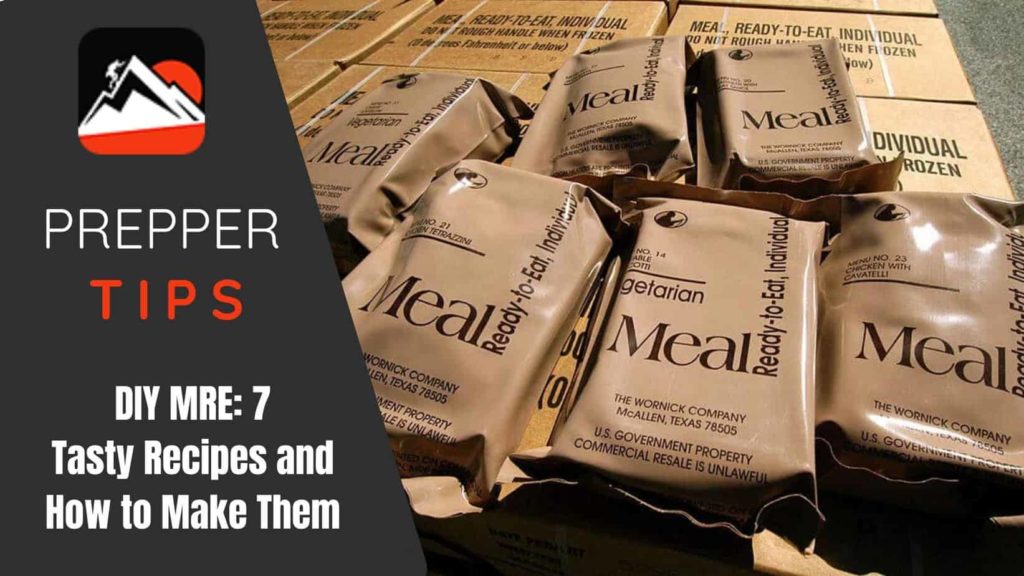

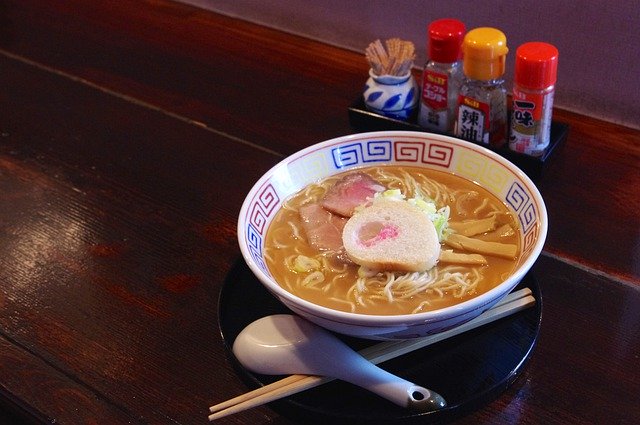
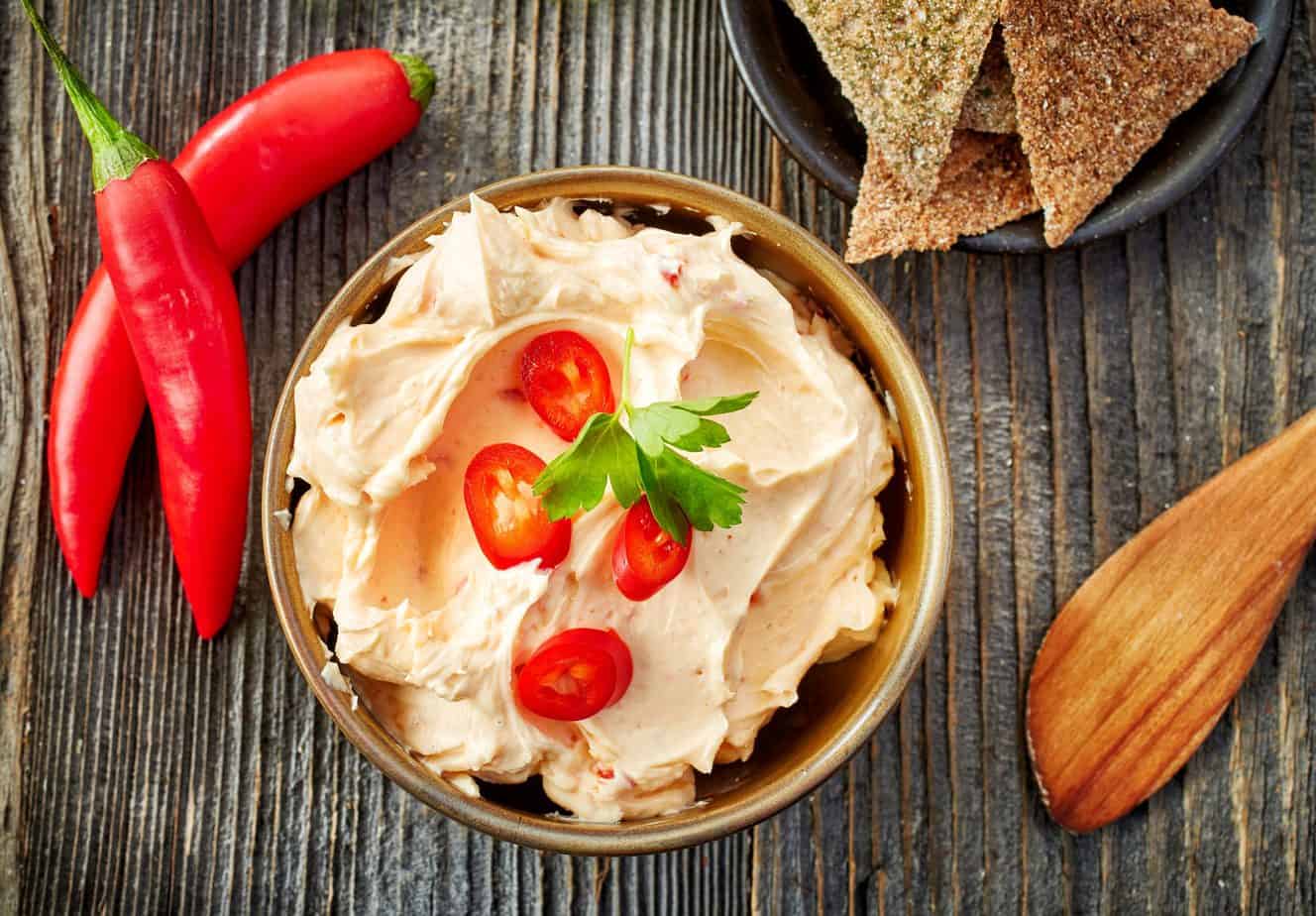
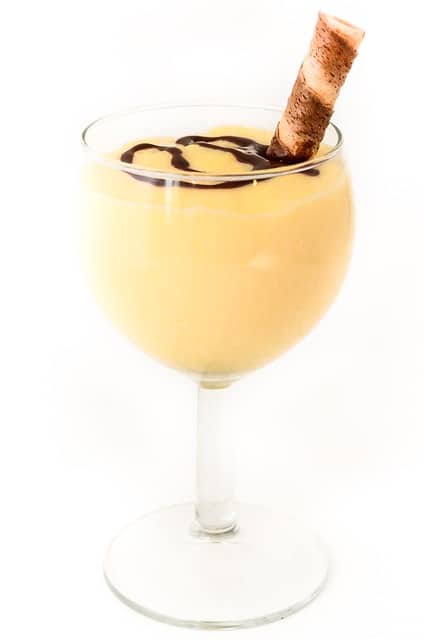

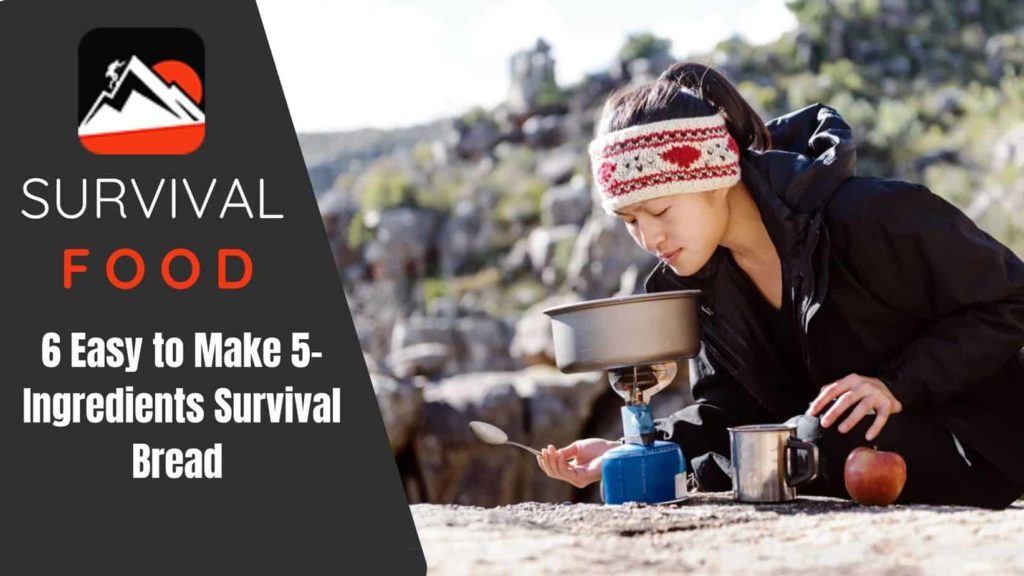
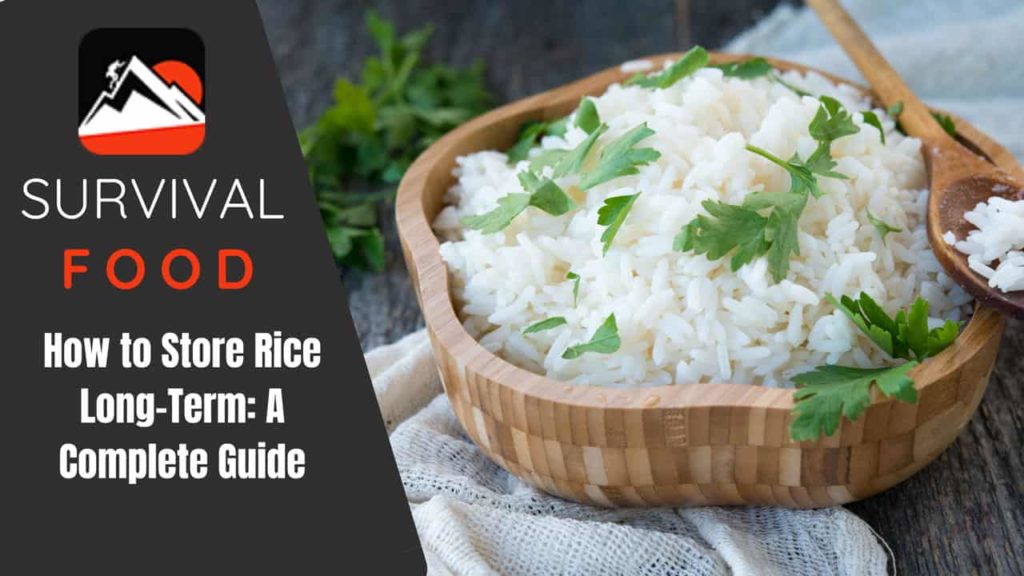
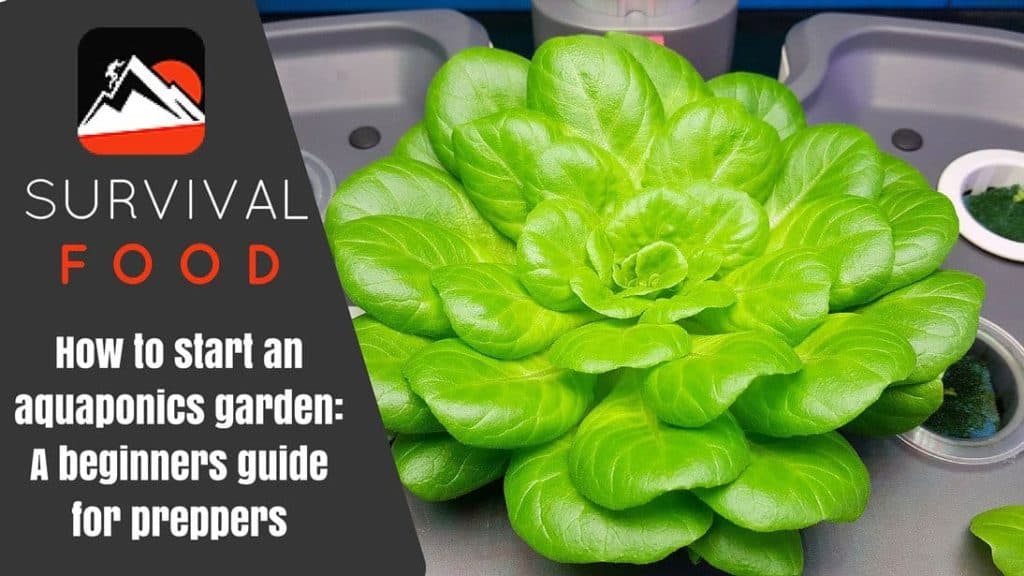
This really takes me back to my JROTC days. In the summers we’d go out for training on a military base. That was the first time I even heard of an MRE. Haha, we had a whole battalion wide trade going on for the best MREs.